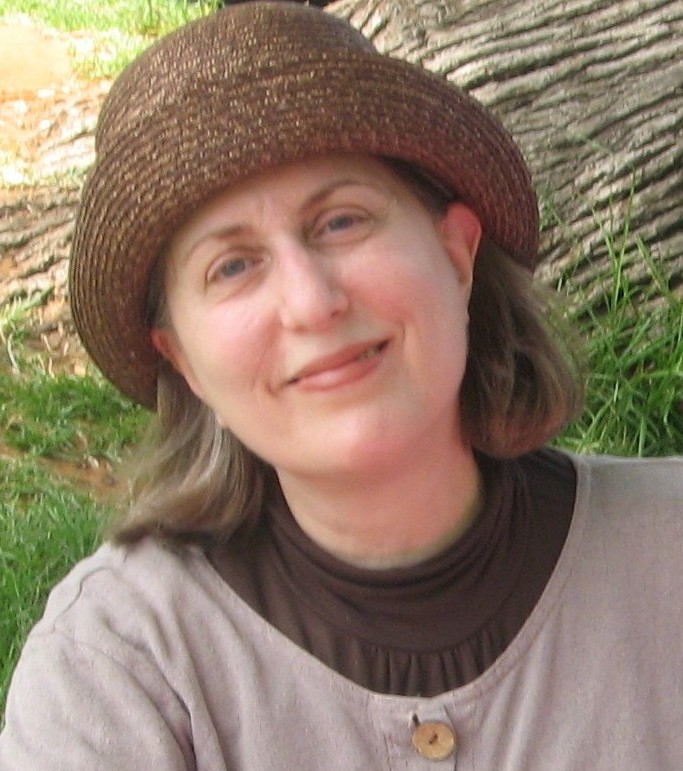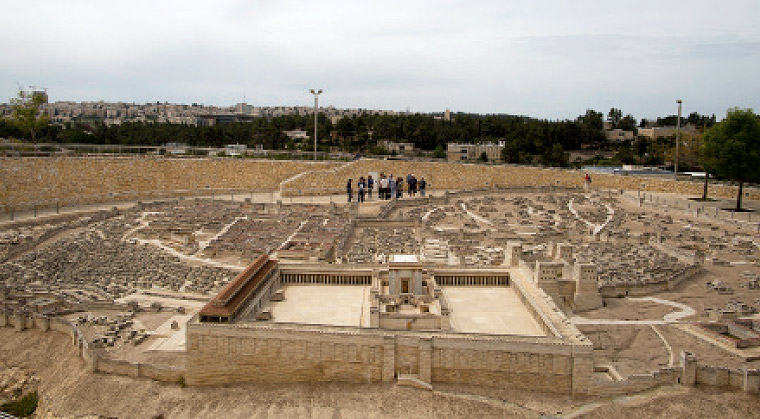Model City

How would Jerusalem have looked to people visiting for Pesach many years ago? Four models of the Holy City give us a snapshot in wood and stone

(Photos: Lior Mizrachi)
S
ometimes it helps to be a little crazy.
Where others saw only a barren windswept hill, far away from “civilization,” Holocaust survivor Hans (Meir Tzvi) Kroch saw a perfect location for building a new Jerusalem hotel. With time, Kroch’s Holyland Hotel became a Jerusalem landmark — and so did the magnificent model of the city as it looked during the time of Bayis Sheini that he financed.
While Kroch had a very personal reason for building the Holyland Model of Jerusalem, he was not the only one who invested his heart and soul — not to mention his time and money — in preserving an ethereal moment of the city’s long history in a miniature model made from wood, marble, and stone.
Four of the most interesting such models can be viewed today. And each one gives a fascinating glimpse of Jerusalem as it once was — whether when hundreds of thousands of pilgrims thronged to Har Habayis for the Pesach holiday, or when Jewish life was concentrated in the shuls and narrow alleyways of the crowded Jewish Quarter — or how the city might look tomorrow.
The Bigger Picture
I begin my tour at the beginning, Jerusalem at the time of Bayis Rishon. Tucked away in the Jewish Quarter, where Bonei HaHoma Street meets Plugat HaKotel, is a small museum that’s easily missed: the Ariel Center.
The showpiece of the museum, which is operated by Yad Ben Zvi, a research institute and publishing house named after the second president of Israel, Yitzchak Ben Zvi, is a model of Jerusalem as it may have looked in 597 BCE, when the city was at the height of its First Temple glory — and just before it was attacked by the Babylonian army that would ultimately destroy it.
Olga, our guide, begins her explanation of the model by throwing out a provocative question. “What is the source of the vitality of this city?” she asks. “What does Jerusalem have to offer?”
After a nervous silence — no one seems too eager to mention the “G” word — Olga explains that she isn’t talking about the city’s spiritual vitality. Instead, she wants us to focus on something that may on the surface seem mundane but is actually the bedrock of Jerusalem’s amazing (some would say miraculous) development.
“The city is restricted physically,” says Olga, in reply to her question. “Behind the Mount of Olives is the Judean Desert. No other capital city in the ancient world sat on the edge of a desert. Jerusalem is far away from the ancient trade routes. It isn’t a port city. Jerusalem sits in the mountains, which means there isn’t a lot of agricultural land nearby. And it has just one spring to supply the city with water.”
In other words, if you had been appointed by a king to build a capital city that would be able to accommodate unlimited growth in the future, the dusty, off-the-beaten-track hilltops we now call Jerusalem would probably appear at the bottom of your logically compiled list of possible sites. Yet despite these restrictions, Jerusalem has been the capital city of the Jewish People for thousands of years.
“It’s amazing,” she adds. “If you go to Ancient Egypt or Mesopotamia, you will see the remains of ancient cities, some of which are older than Jerusalem. But Jerusalem is the only ancient city that has been continuously inhabited. People are still living in Ir David and the Old City.”
(Excerpted from Mishpacha, Issue 704)
Oops! We could not locate your form.













